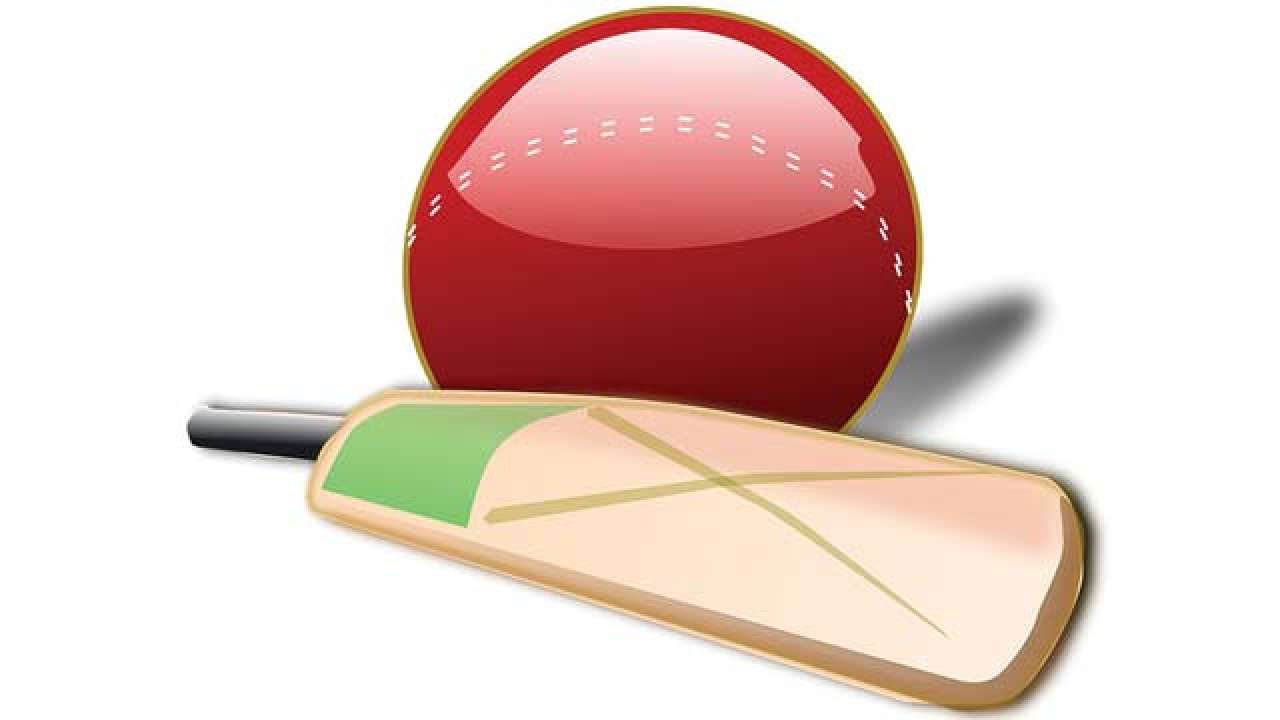
After England’s stupendous score of 481 runs in a 50-over One Day International game played at Trent Bridge, there has been severe criticism of the ICC rule that allows two new balls to be used in one innings which, critics now rue, doesn’t allow the bowler any respite. With the ball not getting roughed up as much, bowlers cannot exploit reverse swing. Also, as the ball remains fairly hard, it becomes easier for the batsman to hit it harder in the air and faster off the field. None less than Sachin Tendulkar, a batting maestro in his own right, has criticised it saying this is a perfect recipe for disaster.
Experts have pointed how teams have managed to score in excess of 300 runs as much as 257 times in 1,606 innings after the rule came into play while the feat had been achieved only 393 times in 6,333 innings before that. Needless to say, several bowlers, past and present, have echoed the sentiment expressed by Sachin. One would have agreed to the criticism, had it come after a few months of rule coming into play. It needs to be seen here that the rule was introduced as far back as in 2011.
There have been murmurs over the rule every now and then, but the voice has become shrill only after the world-record scoring feat last week. It must be borne in mind that the reason why ICC introduced the rule in the first place – the white ball that is used in ODIs cannot be sighted after 30-odd overs and the game was becoming dull and predictable between 15 and 40 overs. Yes, the bowlers were shortchanged a bit, but they still hold that one basic advantage against the batsman. One mistake ends the innings for the batsman.